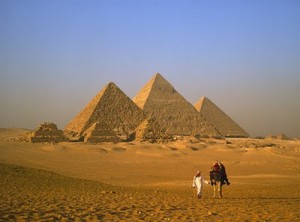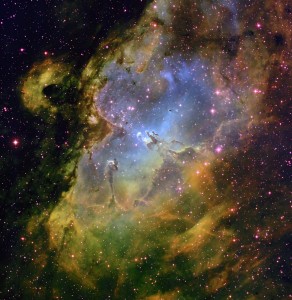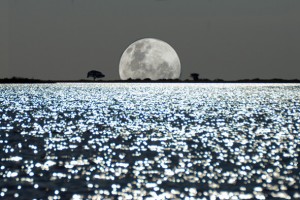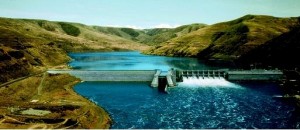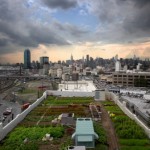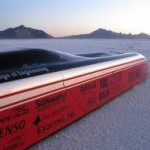The Egyptian Electricity Ministry has unveiled plans to build a new $700m 100MW solar power plant between 2012 and 2017 that should further establish the country as one of the leading developers of utility-scale solar plants.
According to reports in the local Al-Ahram newspaper, the solar power project at Kom Ombo, near the Aswan High Dam hydro-electric plant, will be financed by a number of international institutions, including the African Development Fund and the World Bank. Additional finance is also expected to be provided through the UN’s Clean Development Mechanism (CDM) carbon offsetting scheme.
The project is part of a five-year plan running from 2012-2017 designed to establish the Egypt as one of the top generators of solar energy in North Africa, electricity ministry undersecretary Aktham Abou el-Ella told news agency Reuters.
The project will be the nation’s second large scale solar power project following the country’s first solar plant at El-Koraymat, south of Cairo, which is expected to be finished later this year and will produce 20MW of solar power alongside 120MW of conventional natural gas power.
The vast majority of Egypt’s power is currently provided by natural gas-fired power stations, with a small percentage coming from large scale hydroelectric plants on the Nile delta.
However, the country’s government has pledged to generate 20 per cent of its power from renewable sources by 2020, which it hopes to achieve largely through wind and solar expansion. It is also eyeing the potential to export solar energy to southern Europe as part of the high profile Desertec initiative.
Northern Africa has been touted as a potential hub for solar energy generation given its low levels of rain and year-round sun, but uptake of the technology has been slow, largely because of high capital costs.
Egypt will need to dramatically accelerate the rate at which it deploys solar technologies if it is to meet its ambitious renewable energy targets. Electricity
generation is currently growing at a rates of seven to eight per cent a year, due to a growing economy and increasing use of air conditioning units, and a government-sponsored report last year estimated the country will need to have at least 1GW of solar capacity alongside 7.2GW of wind capacity to meet its 2020 renewables target while satisfying the growing demand for power.
The government also has a long way to go to meet its wind energy target. There has been large scale wind farm development along Egypt’s eastern Red Sea coast, but even with huge new wind farms at Zafarana and Hurghada having recently come online the country’s total installed capacity currently stands at just 430 MW.
However, plenty of new projects are in the pipeline and last month the World Bank awarded Egypt a $220m loan to support the Wind Power Development Project, which aims to develop the infrastructure and business models needed to scale up wind power in the country.
The initiative will include the funding of new transmission lines to connect Egypt’s largest wind farm, the 250MW Gabal el-Zait project, to the national grid.
“Some of the world’s best wind power resources are in Egypt, especially in the areas of the Gulf of Suez, where at least 7.2GW could be potentially developed by 2022, with further 3GW on the west and east banks of the Nile,” the World Bank said in a statement at the time. guardian.co.uk © Guardian News and Media Limited 2010

